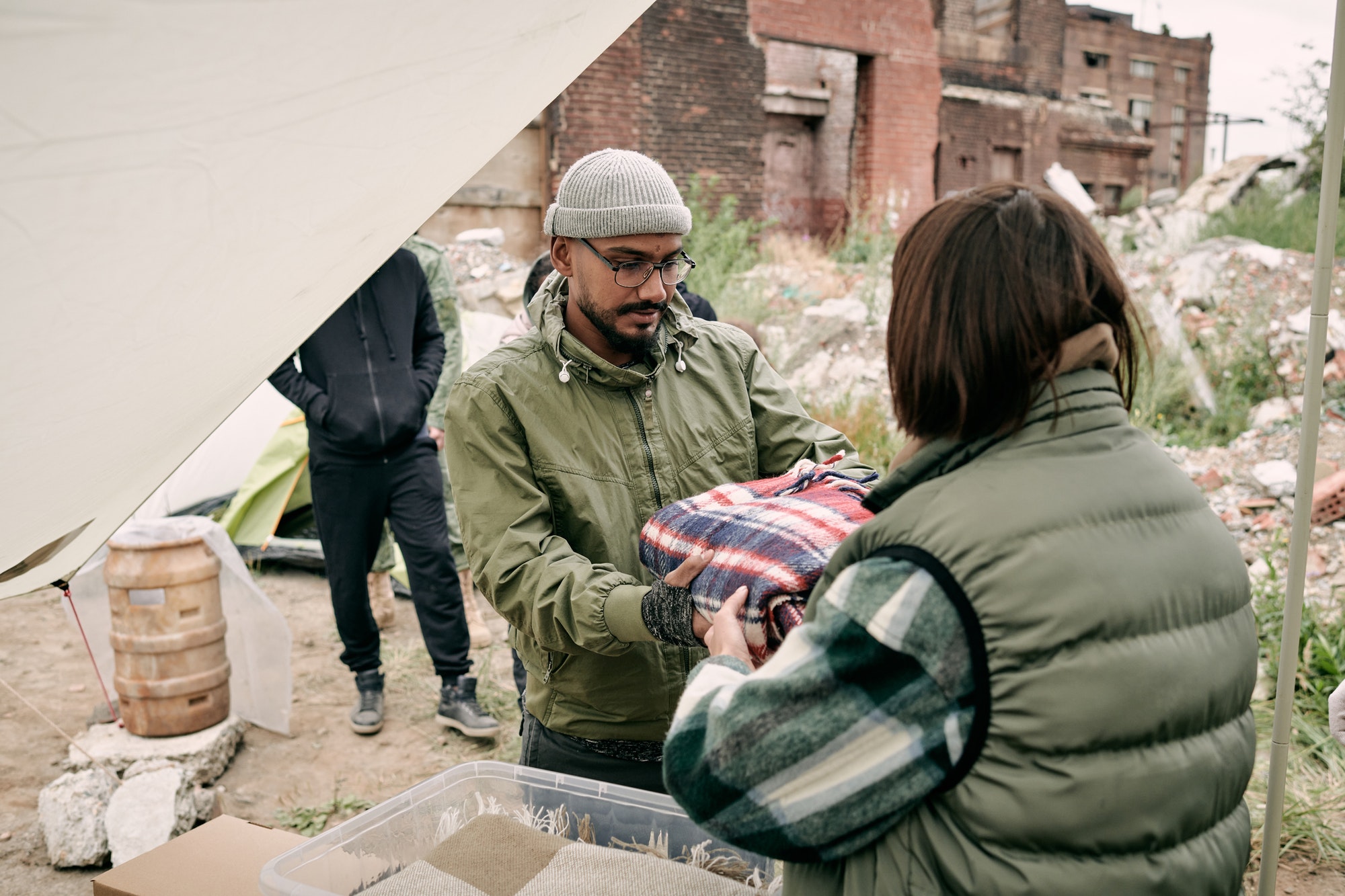What’s Happening in Gaza?
Gaza is facing a huge crisis. The ongoing conflict between Israel and Palestinian groups like Hamas has caused a lot of suffering for the people living there. Recently, things have gotten even worse because of bombings. Organizations like the Norwegian Refugee Council (NRC) are trying to help, but it’s a big challenge.

Displaced Families: A Major Problem
A lot of people in Gaza can’t live in their homes anymore because they’ve been destroyed or damaged. For example, Majed, who works to help others, had to leave his home too. This is part of a bigger problem where many people in Gaza are struggling to find safe places to live.
Broken Infrastructure: More Than Just Ruins
When buildings and roads are destroyed, it’s not just about the damage you can see. It affects everything – health, jobs, and the community. About 70% of houses in Gaza are damaged or gone. Fixing this is really tough, especially because of political issues and delays in getting help from outside.
A Closer Look at the Israel-Palestine Conflict
The fight between Israel and Hamas impacts ordinary people in Gaza the most. Countries like the U.S. are involved too because they supply weapons to Israel. This makes us think about who’s responsible in these situations and the long-term effects of these conflicts.
The Real Impact of Airstrikes
The airstrikes in Gaza have destroyed buildings, but they’ve also caused a lot of personal pain. People like Majed have lost family members, their homes, and feel really unsafe. These stories show the deep sadness and loss that many in Gaza are going through.
What’s Next for Gaza?
The future looks tough for Gaza. The destruction has left many people feeling hopeless. It’s not just about rebuilding buildings; it’s also about fixing the mental and social damage caused by the conflict.
The Challenge of Rebuilding Gaza
Rebuilding Gaza means more than just fixing up buildings. It’s about dealing with the deep problems like people having to leave their homes, feeling sad and traumatized. Groups like the NRC are important, but they can’t do everything. The world needs to come together to really solve the root causes of these problems and find lasting solutions.

FAQ Section for the Gaza Humanitarian Crisis Article
Q1: What is the main cause of the humanitarian crisis in Gaza?
A1: The crisis in Gaza is mainly due to the ongoing conflict between Israel and Palestinian groups like Hamas. This has led to bombings and destruction, severely impacting the lives of the residents in Gaza.
Q2: Who are the most affected by this crisis?
A2: The most affected are the ordinary residents of Gaza, especially families who have lost their homes or loved ones. Displaced families and those living in refugee camps are facing particularly harsh conditions.
Q3: What kind of help is being provided to the people of Gaza?
A3: Organizations like the Norwegian Refugee Council (NRC) are actively working to provide shelter, food, medical aid, and other forms of assistance. However, the scale of the crisis means that more help is needed.
Q4: Why is rebuilding Gaza a complex task?
A4: Rebuilding Gaza is complex due to the extensive damage to infrastructure and homes, political complications, and the need for international aid and cooperation. Additionally, addressing the psychological and social trauma faced by the residents is a significant part of the rebuilding process.
Q5: How does the international community play a role in this crisis?
A5: The international community, including countries like the U.S., plays a role through political decisions, aid, and in some cases, arms supply. Their actions can influence the course of the conflict and the humanitarian response.
Q6: What are the long-term concerns for the people of Gaza?
A6: Long-term concerns include the psychological impact of the conflict, socio-economic challenges, and the potential for ongoing instability and violence. There’s also the fear that without a sustainable solution to the conflict, the cycle of destruction and rebuilding may continue.
Q7: How can individuals help the situation in Gaza?
A7: Individuals can help by donating to credible humanitarian organizations, staying informed and raising awareness about the crisis, and advocating for peaceful and sustainable solutions to the conflict through political engagement and social activism.
Q8: What is the current status of the Israeli-Palestinian conflict?
A8: The Israeli-Palestinian conflict remains unresolved, with sporadic episodes of violence and ongoing political tensions. Efforts for a lasting peace agreement have been challenging and are subject to the changing political landscape in the region and globally.
Sources TIME



Pingback: Understanding the Holy Land Conflict - Linkdood Technologies